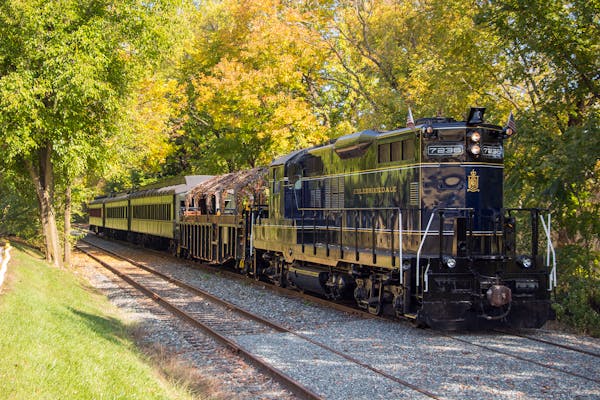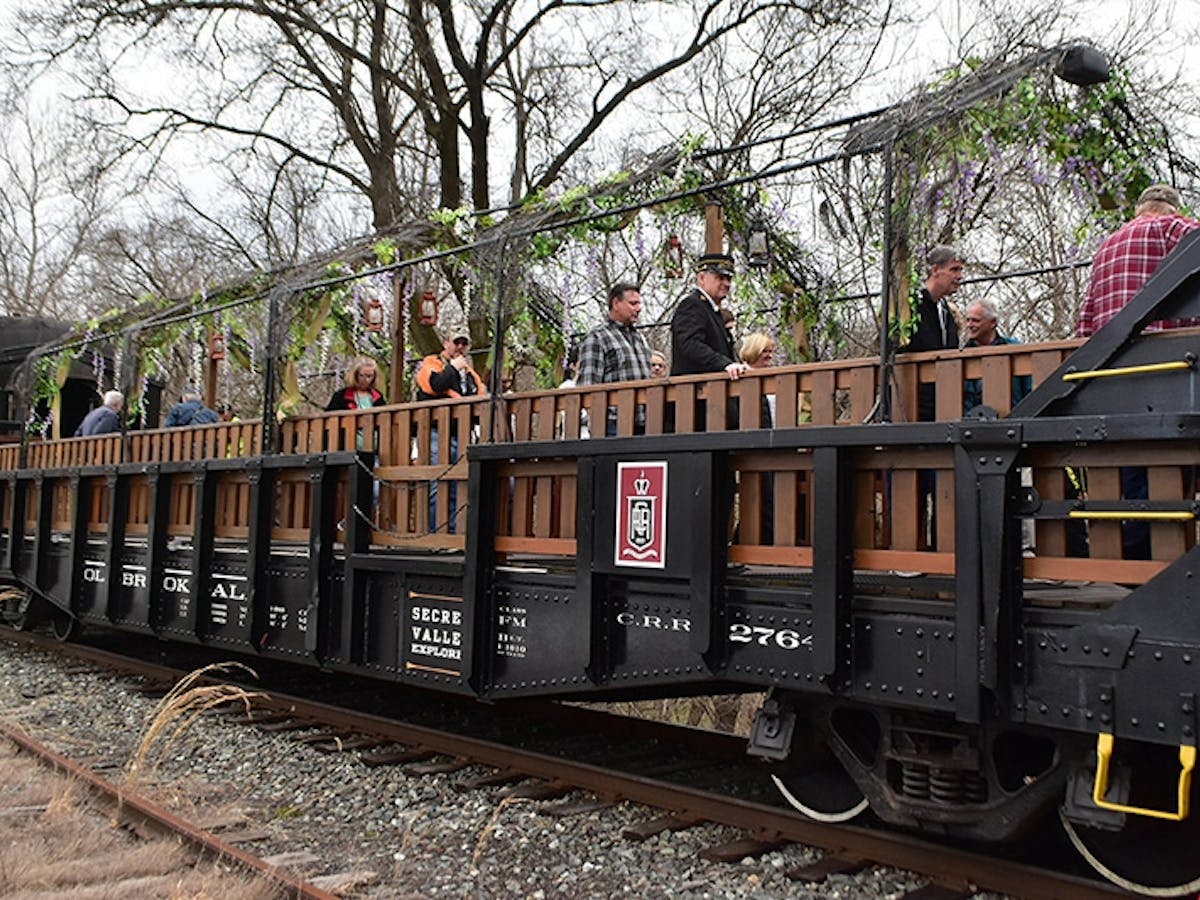Upcoming Events
April is Autism Awareness Month and to show our support for anyone on the autism spectrum, we are offering them a free ticket to ride our train, and a 25% discount for their family.
You can either book online or by calling us to make your reservation, and let us know how many individuals in your party may be on the autism spectrum and we will honor your request with total confidentiality. We will not ask for proof when you report for tickets to respect that confidentiality.
The Colebrookdale Railroad supports individuals who are on the Autism Spectrum in many ways. We hire, train, and offer educational opportunities to young adults on the autism spectrum.
Please come ride with us during this special month and don’t forget to wear something blue to show your support!
To ensure that discounts are properly applied, please remember to apply them to each individual ticket at checkout. Simply select “Add promo or discount code” and enter the corresponding code applicable to your party members.
For the ticket for the individual on the autism spectrum, please use code “AutismAware”.
For the 25% discount for the remaining family members, kindly utilize code “FamilyAutismDiscount”.
*Please note, these discount codes are not valid for our Mother’s Day excursions on May 11th and 12th, and this discount is not applicable for any excursions after May 31st. If you need any assistance booking, please call us at (610)-367-0200. Thank you. *
We are happy to announce that all veterans, active military, fire, police, and EMS personnel can ride for free on any excursion until Labor Day.
We would like to offer one free ticket for our veterans, active service members, police, firefighters, and EMS until Labor Day on any excursion to thank them for their service to our country and express our gratitude. You will need to present your ID when picking up your ticket at the station.
To redeem your free ticket, use promo code “WETHANKYOU” at checkout.
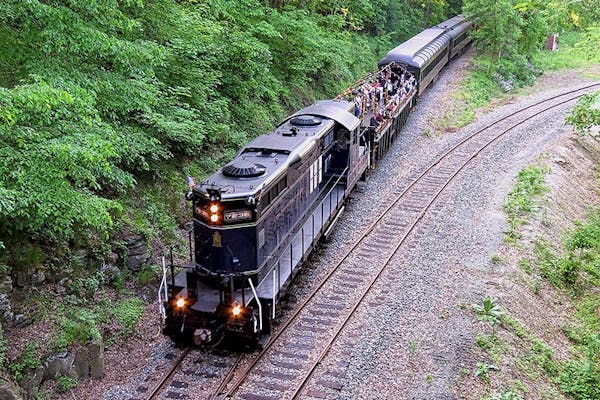
Scenic Train Rides in a land lost in time.
A Unique Adventure into a Forgotten Land!
Once the province of pioneers and patriots, the Colebrookdale is your ticket to a verdant land lost in time. Board one of our meticulously restored century-old rail cars for a two-hour train ride into one of the most scenic and historic regions in the northeast.
Railbikes in the Secret Valley
All aboard our rail biking adventure into the Secret Valley!
Bring your friends for a leisurely, pedal-powered adventure into the tall forests of the Secret Valley, where you will cross bridges, chase creeks, and take in all the wonder the picturesque valley has to offer. Keep an open eye out for wildlife, including white-tailed deer, great blue heron, and bald eagles! Explore our rock cuts that were hand-dug by Civil War veterans in the late 1860s. Those rock cuts, which contain magnetic rock, spawned the first iron industry in the United States, provided George Washington with cannonballs, and later brought Thomas Edison to the Secret Valley for an invention that was not as successful as the light bulb.
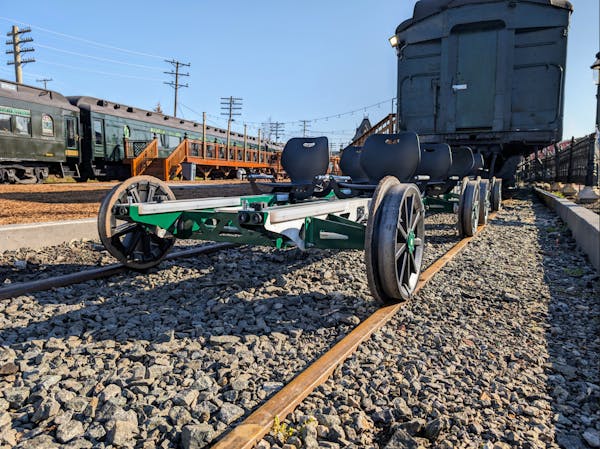

Engineer for a Day
If you are at least 18 years of age, here is your opportunity to drive our Colebrookdale Railroad diesel locomotive!
With your hand on the throttle, your eyes on the rail and the adrenaline in your veins, experience the excitement and exhilaration first hand! Be the “engineer”!
Gift certificates are also available; please contact us for more information.
Please note, the locomotive cab is not ADA accessible. This excursion is only for those 18 years old and older.
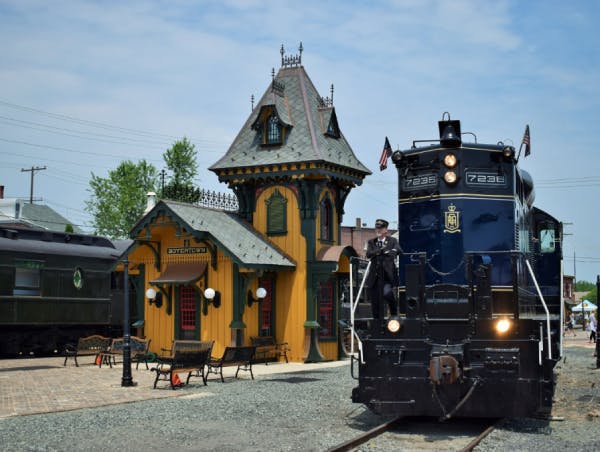

Travel in Style
Step Back in Time: Experience the Nostalgic Charm of Riding the Colebrookdale Railroad
A ride on the Colebrookdale is an enchanting experience that transports passengers to a bygone era and one becomes captivated by the luxury and elegance. As you board the train, you are awe-induced by the meticulously restored passenger cars. Everything provides a sense of nostalgia and refinement and replicates the “golden age” of railroading. Whether enjoying a meal in our dining cars on select excursions, sipping a complimentary beverage in our first-class cars, or enjoying a snack off our A La Carte menu in our coach-class cars, it is not a journey to forget. The rhythm of the rails provides a tranquil experience while looking at the beautiful countryside. Riding on the Colebrookdale is a peaceful journey that will leave a lasting impression.
Our Impact
The redevelopment of the historic central terminal area in the heart of Boyertown has been a critical component of the Colebrookdale Railroad community and economic development project since its inception. The future of the railroad and its catalytic impact on southeastern Pennsylvania turns on the successful development of the terminal’s freight and passenger capacity.
Our Passengers Love Us
★★★★★
MAKE AN IMPACT
Donate today and help bring the railroad back to life!
